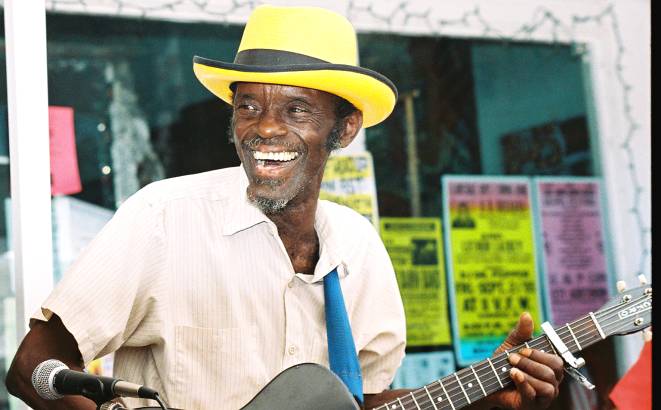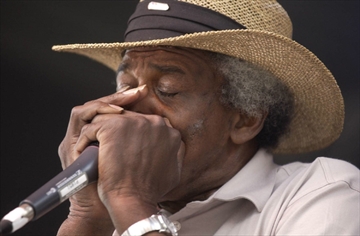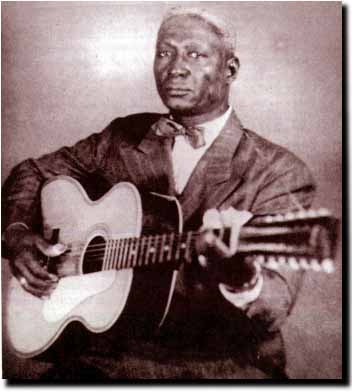Discover who's Playing on the Backporch at Rev. KM Williams' CountryBluesTown!
Thursday, December 18, 2014
Tuesday, December 2, 2014
Saturday, November 15, 2014
Monday, November 10, 2014
Paul Wine Jones
Tuesday, November 4, 2014
Old Gray Mule
Thursday, October 23, 2014
Tuesday, October 21, 2014
Wednesday, October 1, 2014
Sunday, September 21, 2014
Saturday, September 13, 2014
Lazy Lester
Tuesday, September 2, 2014
Napoleon Strickland
Monday, September 1, 2014
Tuesday, August 12, 2014
Wednesday, August 6, 2014
Sunday, July 27, 2014
Sunday, July 13, 2014
Tuesday, July 1, 2014
Thursday, June 19, 2014
Robert "Wolfman" Belfour
Thursday, June 5, 2014
Sunday, June 1, 2014
Monday, May 19, 2014
The World according to Mr. Henry "Gip" Gipson
Saturday, May 17, 2014
Saturday, May 3, 2014
Friday, May 2, 2014
Friday, April 18, 2014
Tuesday, April 1, 2014
Leadbelly
Sunday, March 16, 2014
Jimmy Reed
Monday, March 3, 2014
CeDell Davis
Saturday, February 15, 2014
Little Joe Ayers
Saturday, February 1, 2014
81 Year Old Mississippi Bluesman Leo “Bud” Welch Makes Debut Album
Friday, January 17, 2014
Louis "Gearshifter" Youngblood
Thursday, January 9, 2014
Wednesday, January 1, 2014
Terry "Harmonica" Bean
Terry “Harmonica” Bean is still relatively young, but has decades of experience with the blues. A lifelong resident of Pontotoc, Bean first heard downhome blues at home. His father Eddie Bean, a native of Bruce, sang and played blues guitar and prior to Terry’s birth traveled with an electric blues band.
For many years Eddie Bean, who died in 1985, hosted informal music and gambling gatherings at the family’s house on “Bean Hill” in west Pontotoc. He also worked as a sharecropper, enlisting Terry and other of his fourteen children to pick cotton in the surrounding fields.
Terry began playing guitar and harmonica as a child, and eventually his father began featuring him at the home gatherings and taking him along to other house parties. Although Terry was a “natural,” he stopped playing around the time he was twelve because several of his brothers were jealous of the attention he received. Today his brother Jimmy plays bass in church and occasionally in Terry’s blues band, while brother Jerry Lee sings gospel as well as lead vocals in the Pontotoc-based Legends of the Blues.
Terry turned his attention instead to baseball, and was a star pitcher on American Legion league teams and his high school team, which he led to the state championship in 1980. Equally adept with both hands, Terry pitched five no-hitters and attracted scouts from several professional teams.
A professional career in baseball was curtailed, however, when Terry was injured in a motorcycle accident and he lost his competitive edge. Nevertheless, he continued to play semi-pro ball in his ‘20s until he was involved in another automotive accident.
Terry decided to “get serious” about the blues in 1988 after visiting the Delta Blues Festival in Greenville. He went there to see Robert Junior Lockwood, who played with Terry’s idol, harmonica legend Little Walter, but inadvertently fell in with the Greenville blues scene.
Every weekend for three years Terry traveled to Greenville and its environs to play harmonica with James "T-Model" Ford as well as Asie Payton at various juke joints. He also played across the Delta with artists including Lonnie Pitchford.
Back home he formed a band, and began playing guitar himself after becoming frustrated with teaching others his ideal sound. Following the lead of Arkansas bluesman John Weston, he started using a harmonica rack and performing as a one-man band, stomping his feet for percussion.
Since the mid-‘80s Terry has worked full-time at a furniture factory in Pontotoc, but he has maintained a busy performance schedule as both a solo artist and with the Terry Harmonica Bean Blues Band. He has performed at festivals across Mississippi as well as in Alabama, Arkansas, Missouri, and Tennessee, and regularly works at clubs across the region. Since 2002 he has released six self-produced CDs that document both his band and solo performances.
Terry is consciously dedicated to “keeping alive” older styles of blues. “What’s stimulating to me,” he says, “is people hearing the blues played like they used to hear it.”
-Scott Barretta
Subscribe to:
Posts (Atom)











